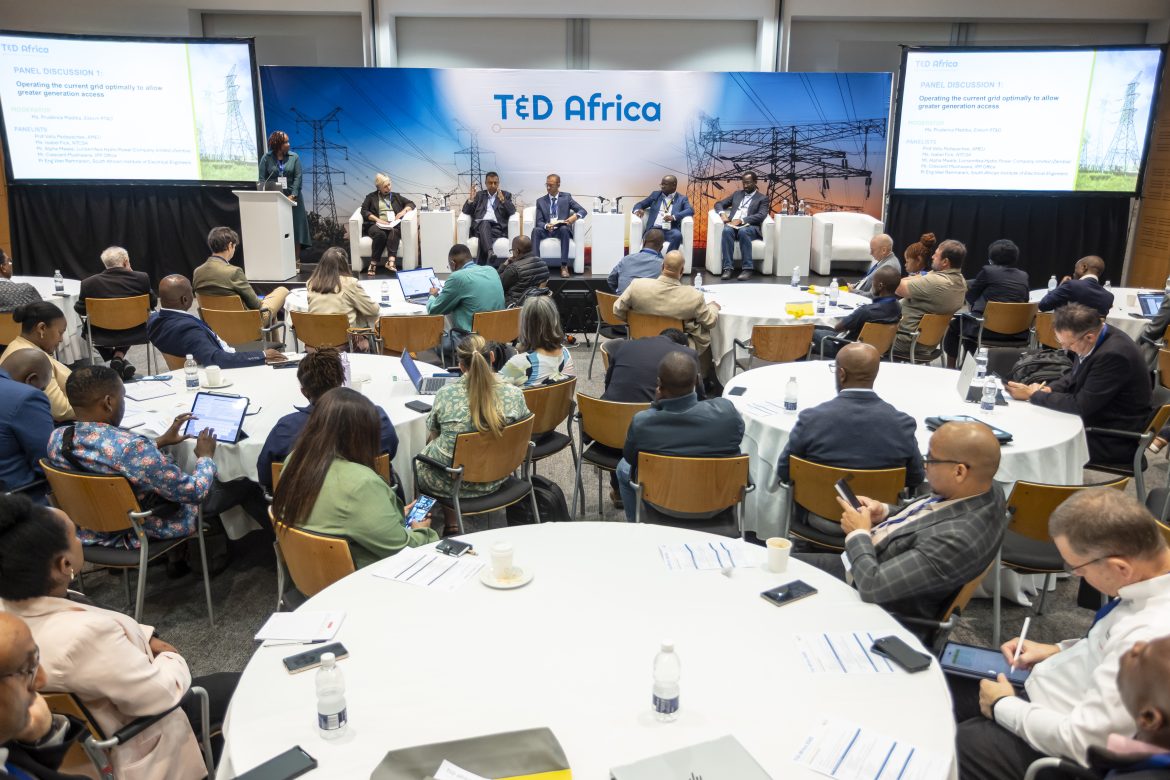As South Africa launches its most ambitious transmission infrastructure programme since the dawn of democracy, the upcoming T&D Africa Conference—taking place on 5 March 2026 in Cape Town as part of the Africa Energy Indaba—will offer critical insight into this historic shift and what it means for the continent.
Earlier this week, the Request for Pre-Qualification (RFQ) was officially published for a transmission programme that will see 14,000 km of new transmission lines constructed to support and integrate new electricity generation capacity into the national grid. This project marks a turning point in South Africa’s energy journey and opens the door to massive public-private collaboration, industrial localisation, and grid reliability.
A Pan-African Dialogue on Transmission and Distribution
Hosted as a dedicated one-day conference within the Africa Energy Indaba 2026, T&D Africa will bring together utilities, regulators, developers, financiers, and technology providers to unpack the future of Transmission & Distribution (T&D) infrastructure in Africa.
With rapidly growing energy demand, ambitious renewable energy targets, and regional power pool development under way, the conversation around modern, scalable, and resilient grids is more urgent than ever.
Key Themes at T&D Africa 2026 Include:
- Grid Expansion & Modernisation
- Public-Private Partnerships (PPPs) in Transmission Infrastructure
- Cross-Border Interconnectors & Regional Power Pools
- Grid Readiness for Renewable Energy & Battery Storage Integration
- Smart Grid Technologies & Digitalisation in Africa’s Utilities
- Investment Models and Risk Mitigation Mechanisms for T&D Projects
( T&D Conference 2025)
“This is not just a South African moment—it is an African imperative. Grid infrastructure is the backbone of energy security, industrialisation, and inclusive growth,” said Liz Hart, Managing Director of the Africa Energy Indaba.
The Africa Energy Indaba, running from 3 – 5 March 2026, will host T&D Africa as a side event to ensure focused dialogue and actionable outcomes on the most pressing infrastr



